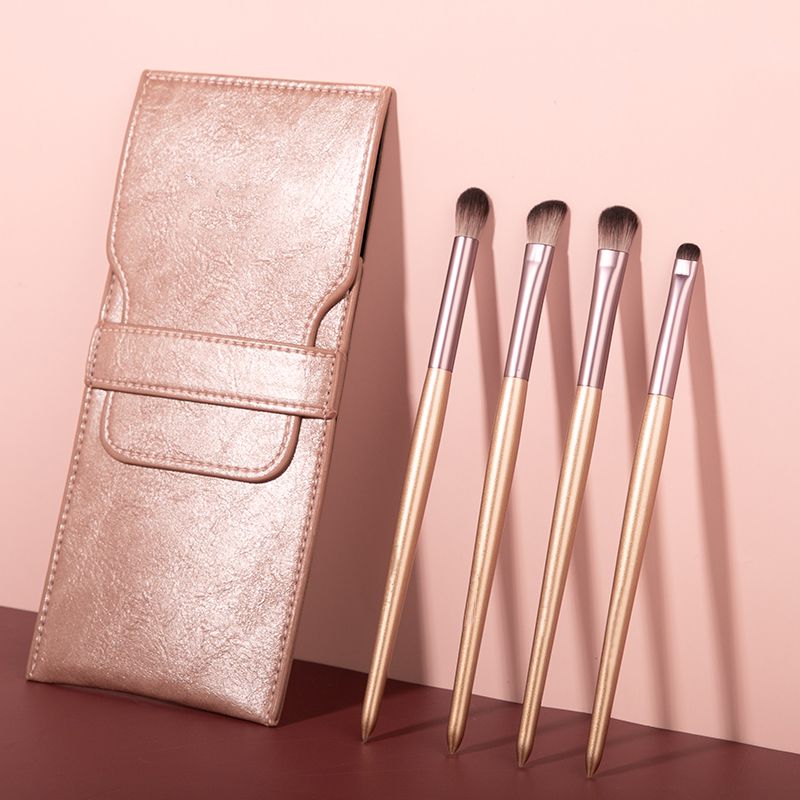Industry news
EU’s Reach Regulation Update: Restricts 5 Chemicals in Bristle Production, Impacting Manufacturers
- 832 Views
- 2025-10-20 01:31:42
EU REACH Regulation Update: 5 Chemicals Restricted in Bristle Production – Impact on Cosmetic Brush Manufacturers
The European Union’s REACH (Registration, Evaluation, Authorization, and Restriction of Chemicals) Regulation has recently announced a critical update, targeting five specific chemicals widely used in bristle production for cosmetic brushes. Set to take effect in Q2 2025, the new restrictions aim to minimize health and environmental risks linked to these substances, sending ripples through global supply chains and forcing manufacturers to rethink production processes.

The Restricted Chemicals: Uses and Risks
The five restricted substances, identified through EU’s scientific risk assessments, include:
1. Dibutyl Phthalate (DBP): A plasticizer once common in synthetic bristle softening, linked to endocrine disruption and reproductive harm.
2. Lead/Cadmium (as impurities): Heavy metals occasionally present in low-quality natural bristles (e.g., animal hair), posing neurotoxic and carcinogenic risks.
3. DMDM Hydantoin: A formaldehyde-releasing preservative used to prevent microbial growth, now banned due to skin irritation and allergenicity.
4. Perfluorooctanoic Acid (PFOA): A fluorinated chemical for water/oil repellency in specialty brushes, known for bioaccumulation and environmental persistence.
5. Short-Chain Chlorinated Paraffins (SCCPs): Flame retardants in bristle coatings, classified as persistent organic pollutants (POPs) with long-term ecosystem damage.
Why This Hits Bristle Manufacturers Hard
Cosmetic brushes, often in direct contact with skin and mucous membranes, face stricter scrutiny under REACH’s “consumer product safety” clause. For manufacturers—especially those exporting to the EU (a $2.3B cosmetic brush market)—non-compliance risks include product seizures, fines (up to €100k), and reputational damage.
Key challenges include:
- Supply Chain Overhaul: Many rely on low-cost synthetic bristle blends containing DBP or SCCPs; switching to compliant raw materials (e.g., phthalate-free plasticizers, natural fibers like bamboo charcoal or recycled polyester) may hike costs by 15–20%.
- Testing Burdens: Third-party lab certification (e.g., by SGS or Eurofins) for each batch is now mandatory, adding $300–$500 per test and delaying lead times.
- Market Access Barriers: EU importers are tightening supplier audits; even minor traces of restricted chemicals (e.g., >0.1% DBP) will block entry.
Navigating Compliance: Practical Steps
Forward-thinking manufacturers are already adapting:
- Material Innovation: Brands like EcoTools and Real Techniques now use plant-based bristles (e.g., konjac fiber) or recycled nylon 6/66, proven to perform without restricted chemicals.
- Proactive Testing: Investing in in-house GC-MS or HPLC systems for real-time chemical screening cuts reliance on external labs.
- Collaborative R&D: Partnering with chemical suppliers (e.g., BASF’s “Clean Beauty Polymers”) to co-develop REACH-compliant coatings and binders.
The Silver Lining: A Shift Toward Sustainability
While costly upfront, compliance aligns with consumer demand for “clean beauty.” A 2024 Mintel survey shows 78% of EU cosmetic buyers prioritize “chemical-free” tools, creating opportunities for premium positioning. Manufacturers that adopt green practices may even qualify for EU’s “Eco-Label,” boosting market share.
In summary, REACH’s update is not just a regulatory hurdle but a catalyst for safer, more sustainable bristle production. For manufacturers, the path forward lies in prioritizing transparency, investing in R&D, and aligning with the EU’s vision of “toxic-free cosmetics.”











